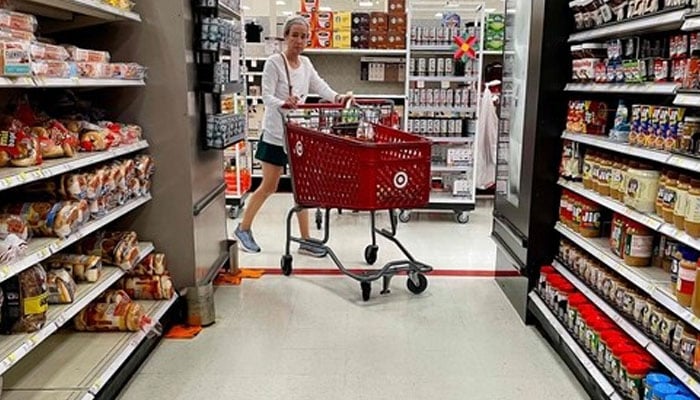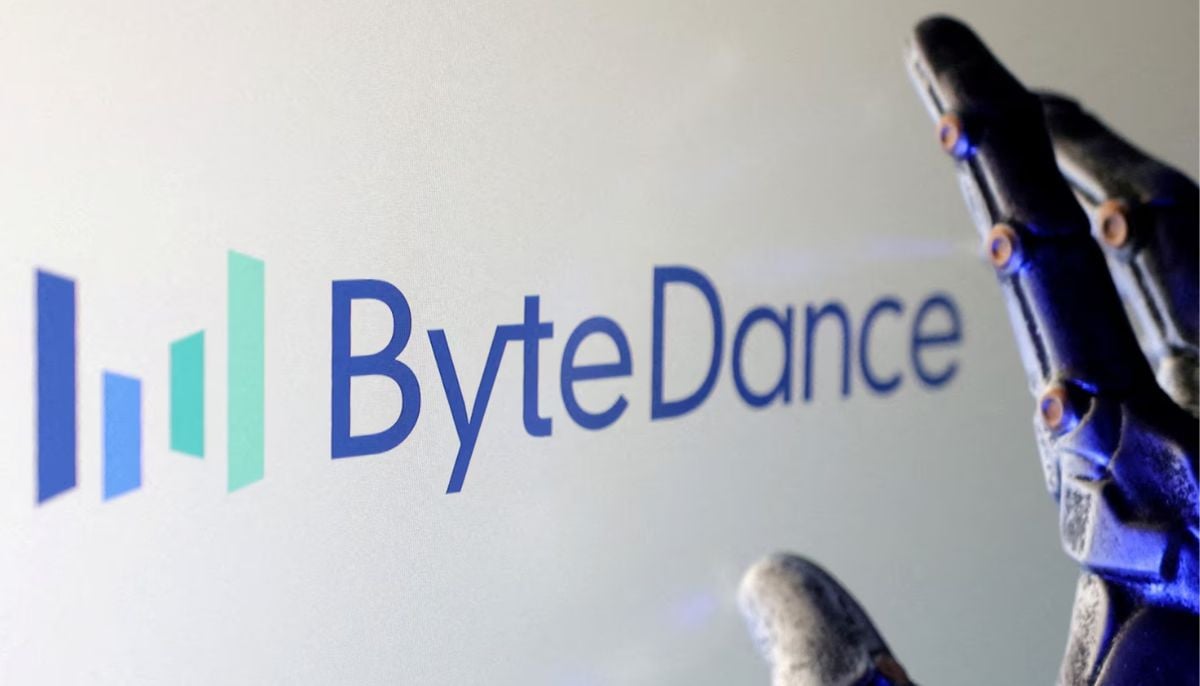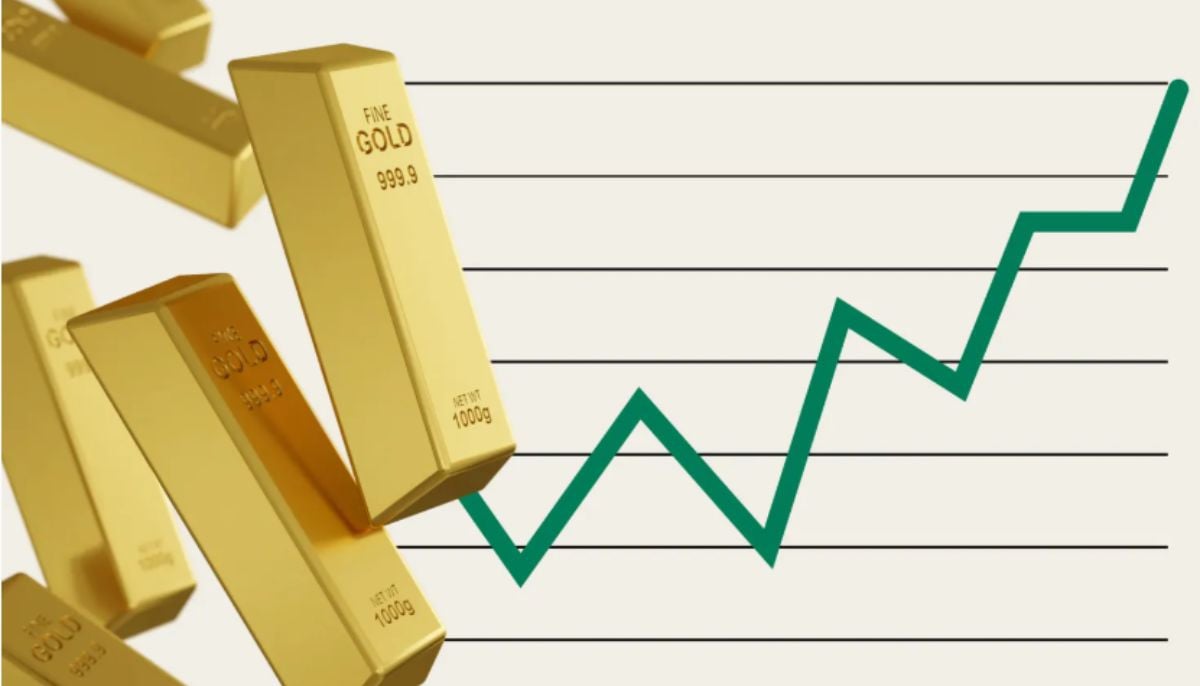US consumer spending rises in tandem with monthly core inflation
Rise in consumption caused monthly inflation to increase last month, primarily caused by rising housing expenses
US consumer spending grew more than anticipated in September as households upped their vacation and auto purchases, continuing the trend of higher spending growth as we move into what economists predict will be a difficult fourth quarter.
According to the report released by the Commerce Department on Friday, underlying monthly inflation increased last month, but this increase was primarily caused by rising housing expenses. Even while there is still a chance of a rate hike, most economists predict that the Federal Reserve will stop raising interest rates in early 2024 when the surplus savings from the Covid-19 pandemic run out.
"US consumers still had some gas left in the tank last month that risks carrying into the current quarter," said Sal Guatieri, a senior economist at BMO Capital Markets in Toronto.
"While we still expect spending and the economy to downshift sharply in the fourth quarter, the risk is that both will keep running hotter than the Fed needs to subdue still-stubborn services inflation."
The Bureau of Economic Analysis of the Commerce Department announced that last month saw a 0.7% increase in consumer spending, which makes up over two-thirds of all economic activity in the United States. Unrevised data for August showed a 0.4% increase in spending. Reuters polled economists, who predicted a 0.5% increase in spending.
Spending increased last month, although it was split among both commodities and services. Prescription drugs, new light trucks, food and drink, as well as recreational items and automobiles, were the main drivers of the 0.7% increase in goods expenditures.
Increased by 0.8%, driven by services related to aircraft transportation, housing and utilities, healthcare, and overseas travel.
The information was part of the third quarter's advance gross domestic product report, which was released on Thursday. It revealed a strong increase in consumer spending, which helped the economy grow at its quickest rate in almost two years.
After increasing by 0.1% in August, consumer spending increased by 0.4% in September after accounting for inflation. This robust performance from the April–June quarter is encouraging for the fourth quarter's expenditure.
However, given that last month's expenditure spike seemed to have come from savings, the pace of growth may decelerate. August's personal income increased by 0.4%, although only by 0.3%. After rising by 0.5% the previous month, wages increased by 0.4% this month. In October, millions of Americans started paying back their student loans again.
August's 4.0% saving rate was replaced by 3.4% in August. Economists claim that although excess savings are still plentiful, they are primarily concentrated among high-income households. It's thought that low-income households have depleted their epidemic reserves, forcing the majority to turn on loans to make expenditures.
Although credit card balances are increasing, most economists maintain that the labour market is still the primary driver of consumer spending and do not think these increases are at levels that should raise concerns.
US stocks began the day higher. In relation to a currency basket, the dollar declined. The price of US Treasury notes varied.
-
China to roll out action plan for digital yuan expansion
-
Amazon halts plan for 'drone delivery in Italy' just before launch
-
Europe’s crypto adoption gains regional momentum; Who’s investing the most?
-
Oil prices hike as market weighs supply risks
-
Major Warner Bros’ investors reject Paramount's new offer, says ‘not sufficient’
-
Global investors are turning to Chinese AI, here’s why
-
ByteDance to boost AI infrastructure spending to $23 billion in 2026
-
Gold peaks at $4,400 for the first time












